Scrum practices rely on empiricism. We inspect our work and adapt our practices to achieve continuous improvement. But what should a scrum team use in order to improve?
[featured-image single_newwindow=”false” alt=”Jorge Franganillo | Calculator | Flickr.com” title=”Jorge Franganillo | Calculator | Flickr.com”]Jorge Franganillo | Calculator | Flickr.com[/featured-image]
I enjoy Bob Galen’s blog quite a bit. In a recent post – “2 Dozen Wild & Crazy Agile Metrics Ideas” – he presents 24 wild and crazy agile metrics that a scrum team could add to their agile toolkit. It’s an excellent read that made me pause and wonder what scrum teams really should be measuring.
After some careful thought, I’ve landed on what I think are the 5 agile metrics that teams should focus on and the benefits that these metrics can bring to scrum teams:
- Velocity: When we track velocity, we are expressing how much effort (story points) a scrum team can get to “done” during a sprint. With velocity, the trend is more important than any individual measurement. As the trend stabilizes, teams can forecast their product backlog. Release planning also becomes easier for the product owner.
- Defect Density: The number of bugs discovered during a sprint. This measurement is a call back to the scrum team’s commitment to quality. The lower the number of bugs the better. Again, the trend is important. An increasing number of bugs sprint-over-sprint could mean that the team is taking on too much work. A downward trend could point to changes in the definition of done improving quality.
- Customer Satisfaction: How happy is your customer? The simplest method I’ve used is a simple web application that asked customers how they feel about the current sprint. They could select a smiley face, a frown face, or a neutral face. If a customer picked a frown face they were asked to provide additional comments. The goal is measure satisfaction over time and to also address negative feedback quickly.
- Team Satisfaction: Is your team happy? This is a measurement that could be gathered at the end of each sprint retrospective. The measurement could be the results of a “fist of five” question, or it could be a survey similar to the customer satisfaction metric. Scrum teams should keep an eye on this trend and use the “5 Why’s” and other techniques to get to the root cause of whichever way the trend is going.
- Value Per Sprint: This metric measures how much value the scrum team is delivering back to the customer/business/organization. One of the components of a story card is value. Scrum teams can use this value and measure a trend. The product owner could also provide a value in dollars that represents the impact of the sprint. A downward trend in this metric could indicate that lower value features are being implemented and that it is time to stop development on the product.
Keep in mind that these are team metrics, not individual ones. I’ve also put a much higher value on trends than on individual data points. Finally, agile metrics and trends should be taken with a boulder of salt. You won’t find a silver bullet buried in the data that solves all of the scrum team’s problem. But hopefully you’ll use some of these agile metrics to kick off an interesting conversation with the team.
**UPDATE: These metrics are for the team to use to enable continuous improvement. They are not for managers to use to drive artificial “improvements” within the team. In future posts I’ll discuss my views on metrics belonging to the team, not management. Thanks to Charles Bradley for his thoughts and messages on this important distinction.
[reminder]Well those are my top 5 agile metrics. Have I missed your favorite? Is there a must have measurement that you would add?[/reminder]
